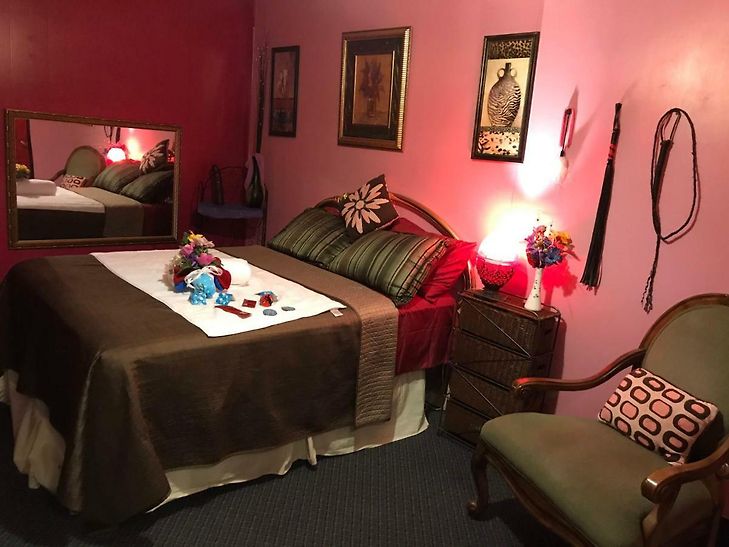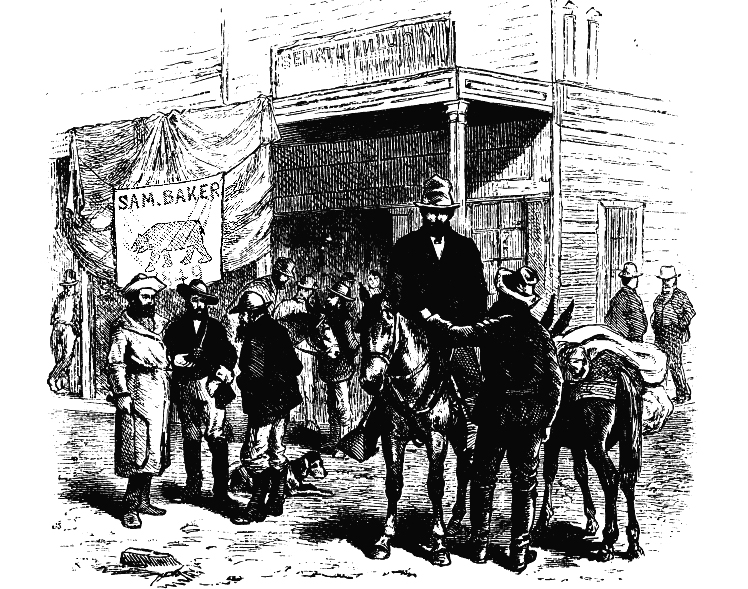Copyright 2021 by Gary L. Pullman
An analysis of Western films discloses the use of a number of specific types of scenic elements that tend to recur frequently in such movies. The order in which these scenic elements occurs may differ, and not all may be present in a film, although, typically, many, if not all, do tend to appear. In addition, each scenic element can be shown by itself or in combination with another (for example, an offer of a bounty may be accepted or rejected, earned or lost). Scenic elements that occur in all the movies analyzed below are indicated by bold font.
In Tombstone (1993), these scenic elements occur in this order:
Despicable deed: An action, usually criminal, that is beyond the pale, even for outlaws
Relocation
Reunion
Health problem
Character flaw
Stake: A source of income, often temporary
Murder
Arrest
Law enforcement
Gunfight
Ambush
Retaliation
Refuge: a place of safety
Challenge
Substitution: the replacement of an expected or intended character or object with an unexpected replacement
Showdown
Vendetta: protracted revenge against several parties
Marriage
In The Good, the Bad, and the Ugly (1966), these scenic elements occur in this order:
Interrogation: formal or informal, legal or otherwise
Murder
Surrender to authorities: of oneself or one's prisoner
Rescue
Abandonment
Revenge
Duplicity: often as a means of double-dealing or double-crossing
Reunion
Capture
Escape
Sabotage
Intelligence: information gained through personal observation, primary sources, or secondary sources
Robbery
Rescue
In The War Wagon (1967), these scenic elements occur in this order:
Relocation
Revenge
Intelligence
Hiring of expert(s)
Robbery
Rescue
Offer of bounty
Drunkenness
Negotiation
Intervention
Diversion
Theft
Forced detour
Division of forces
Drunkenness
Ambush
Murder
Crash
In True Grit (1969), these scenic elements occur in this order:
Murder
Robbery
Hiring of expert(s)
Pursuit
Tracking of fugitive(s)
Partnership
Attempted abandonment
Discovery: information gained through a character's own action, rather than those of another party or from a primary or secondary source
Capture
Interrogation
Defiance
Attempted ambush
Feint
Gunfight
Death: loss of life due to a natural cause or a justified killing, as opposed to murder
Escape
Pursuit
Wounding
Kidnapping
Ultimatum
Attack
Injury
Snakebite
Commandeering of civilian vehicle
Payment
Promise
Wager
As this partial analysis of the recurring types of scenic elements common to Western films shows, such movies frequently use the same scenic elements, despite the dramatic details of their plots. A writer who is interested in writing a Western novel or screenplay can use these same scenic elements to construct a plot based on a structure that has stood the test of time.




















.jpg/500px-CAMP_HALLECK%2C_NEVADA_-_NARA_-_524109_(cropped).jpg)






























